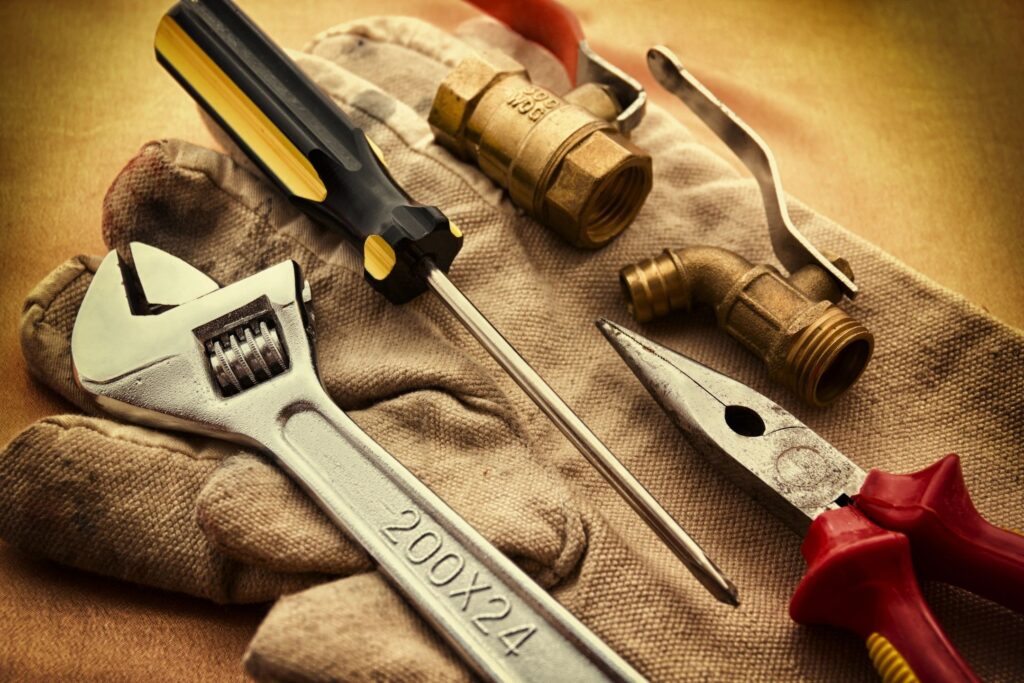
The best trainers in the world, use the environment they are in and the world around them to teach their dogs everything they need to know to be successful. Beyond that, high value rewards, a long line and the brain between the ears (both dog and human) are all the tools you really need.
Rewards are something that throw people. The value of the reward is not determined by you. The dog defines what has value. You can impact the perceived value of a reward or toy, but at the end of the day, the dog decides what has value. This will change over time. Something that has value today, may have no value to the dog tomorrow. A few things that will help with building value – the food or toy is something they only get when working and then only for short bursts. Scarcity and rarity create value – for both humans and dogs. Always leave them wanting more – no matter what it is. When what you are asking is hard or new – highest value rewards. Once they are getting good at it, lower value rewards until it gets hard again. Hard is defined by the dog – not you. Don’t under OR over value yourself and if you aren’t rewarding enough for what you’re doing, take it personally – change your relationship.
A long line is one of the most important tools for teaching your dog out in the world. Make sure you know how to use it and more importantly – how not to use it. The long line makes it possible for you teach very hard and dangerous things, in the real world, while managing the risk and keeping your dog safe. My preferred length is 40 ft with no loop or handle and the lightest weight I can use that will stand up to the force of a dog at full speed at the other end. Finding safe, closed environments where you can teach your dog are hard to come by in our litigious and risk adverse world.
The most important thing both you and your dog bring to the table is what’s between your ears – and what is in your heart. If you and your dog aren’t in the right state of mind, you might just undo any good work up to that point. If you and/or your dog aren’t feeling it – play, laugh and try in that moment to have fun or just sit quietly. I see so many people fail their dogs by not being present, not being open, not being loving. Impatience, fatigue, frustration, anger, sadness all sabotage your relationship with your dog if you can’t acknowledge the feelings and do whatever is necessary to change the mental and emotional state of the moment. Don’t underestimate the value and impact of emotional/psychological state on the effectiveness of your training.
The only way the tools in your toolbox work is if you actively use them everyday. Training sessions don’t require hours and hours a day. Multiple 5 minute sessions a day can be very effective. You need to be focused, have a plan and keep it simple. Focus on success. If you are saying no a lot or aren’t giving many rewards, you aren’t teaching. If you and/or the dog are frustrated. STOP and play.
Teach something – anything. When you feel they’ve got it, teach something else and circle back to the first thing every so often for an easy “win”. Keep adding new things and complexity until teaching becomes natural for you. Manage until you can teach.
Be present with the dog you have and accept who you are as a trainer. Your dog won’t lie to you. Don’t lie to yourself. Don’t lie to your dog. Go teach your dog something. Go learn something.
